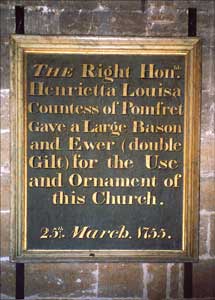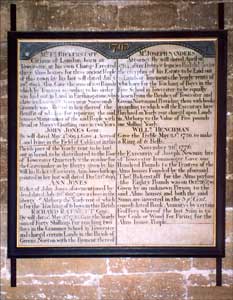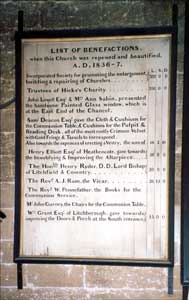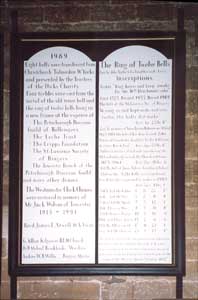 |
 |
|||||||||
|
Benefaction Boards
|
||||||||||
|
Until the early 1830s welfare support for the poor and infirm was organised at the local, parish level. It was in the 16th century, during the reign of Henry VIII and following the dissolution of the monasteries, the closing of almshouses and charity hospitals run by monks and nuns, that the parishes first became responsible for supporting their own poor. In order to do this, the parishes had to raise money by taxing the parishioners (landowners, tenant farmers and trades-people) who could afford to pay. This payment was known as the Poor Rate, and eventually became a local tax levied on those who owned or rented properties above a certain value in a parish. The Poor Law Act of 1832 resulted in the introduction of a system of Poor Law Unions - parishes were grouped together into larger Unions each of which built its own workhouse, which was administered by a Board of Guardians. |
||||||||||
|
||||||||||
|
||||||||||



